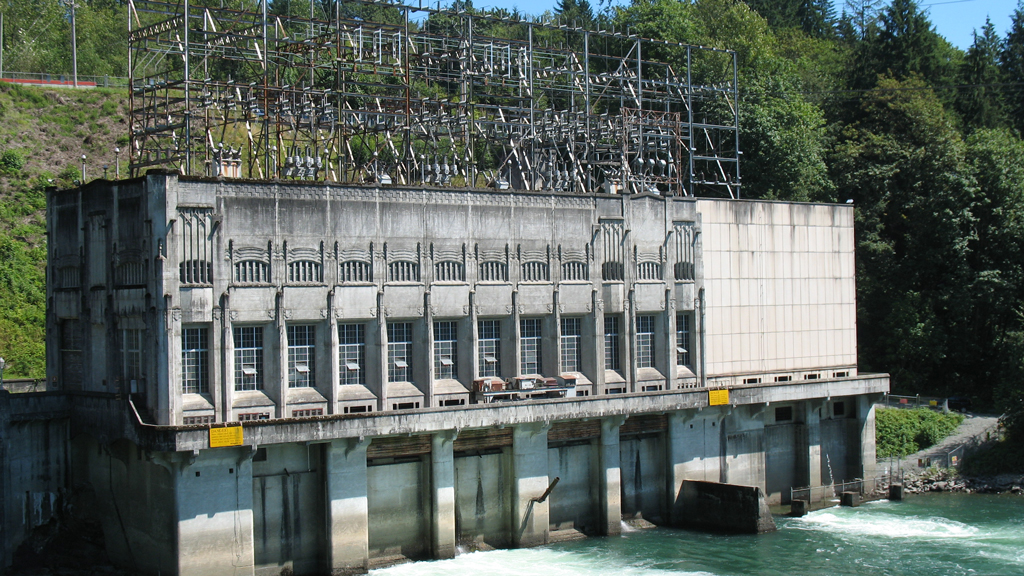The oversight of dams in B.C. is sorely lacking, says the province’s auditor general.
A recently released report by Michael Pickup declared that the Ministry of Forests, Lands, Natural Resource Operations and Rural Development has not effectively overseen the safety of dams in B.C.
“While it promoted dam owner compliance with regulatory requirements, it did not adequately verify or enforce compliance,” stated the report.
The province is home to roughly 1,900 regulated dams that provide electricity, irrigation and flood control for residents. The report found the ministry had issues educating owners about dam safety, verifying dams were compliant with safety regulations, monitoring program performance and enforcing requirements.
Clogged up
Some dams are at higher risk to life and property, and they are sorted into five categories that assess the damage and loss of life a failure could cause.
Dam owners must follow regulatory requirements based on the failure consequence classification assigned to their dam. B.C. has 43 dams that have “extreme” risk, 84 with “very high” risk, 234 with “high risk” and 595 with “significant” risk.
According to the report, B.C. has 10 designated dam safety officers. Seven of them have other duties and do not work full-time on dam safety. The number of dams each officer is responsible for ranges from 47 to 427.
Four of these safety officers had a backlog of reports to review on whether high consequence dams are safe. The average time to accept safety reports was 20 months and some took as long as eight years. In one audit sample, 33 per cent of operating manuals and 27 per cent of dam emergency plans submitted to the ministry were not reviewed three or more years after submission.
Slow to respond
The report found the ministry promoted dam safety by providing information and voluntary training for dam owners to understand their regulatory responsibilities.
In addition, it conducted outreach for owners of higher-consequence dams. But these efforts often ignored owners of low-risk dams.
The auditor general noted the ministry did not have complete and accurate information about dams that are subject to regulation, meaning it could not perform effective oversight.
“The ministry did not adequately verify dam owner compliance with regulatory requirements,” reads the report. “This increased the risk that dam owners might not meet regulatory safety requirements. It also increased the risk that their dams could threaten public safety.”
When problems were found, they were not dealt with quickly.
According to the report, 87 high-risk dams with significant deficiencies had not fixed their safety problems for 7.5 years, on average. The ministry did not consistently follow up with dam owners to ensure they fixed the issues.
When it came to monitoring program performance, the report stated the ministry monitored and reported on dam safety activities for some of its program objectives, but it lacked indicators and targets to adequately monitor how well the program was doing at improving dam safety overall.
Room to improve
The report made nine recommendations which have all been accepted.
These include:
- Educating all dam owners of requirements and encouraging them to get safety training.
- Implementing a risk-based process to identify unauthorized dams and dams missing from the dam safety database.
- Improving the quality of information in the dam safety database.
- Bettering processes to promptly and consistently review dam owner compliance.
- Reviewing the frequency of dam safety audits and how to verify classification of low-risk dams.
- Strengthening accountability mechanisms for central staff to lead regional staff in achieving consistent and timely oversight.
- Evaluating staffing needs.
Developing and reporting on performance measures and targets.
Follow the author on Twitter @RussellReports.











Recent Comments